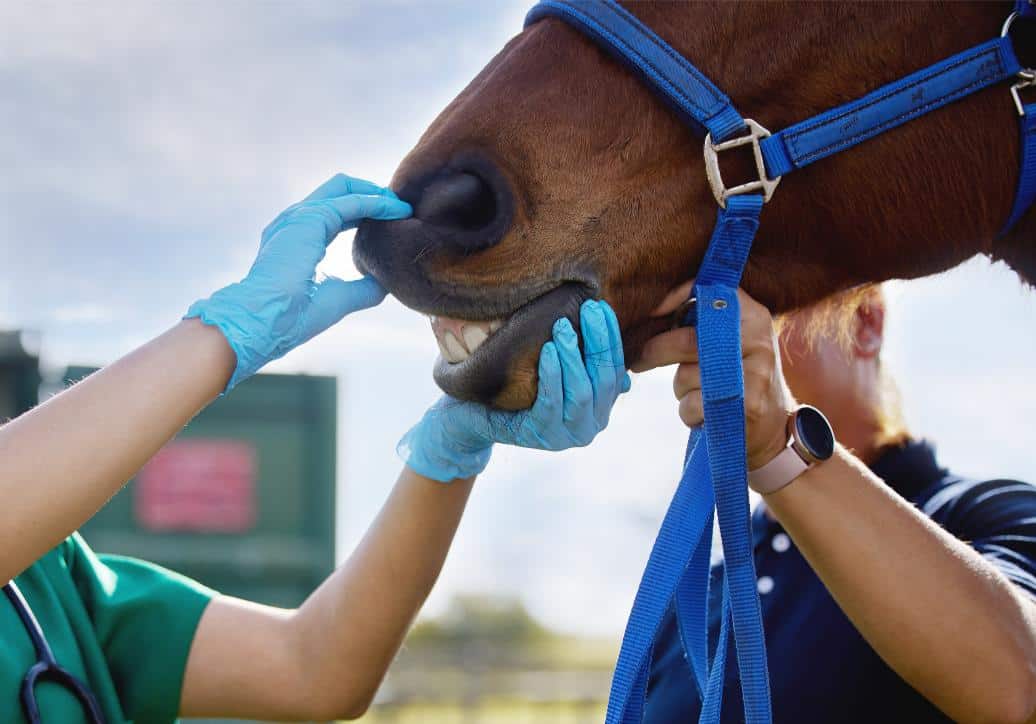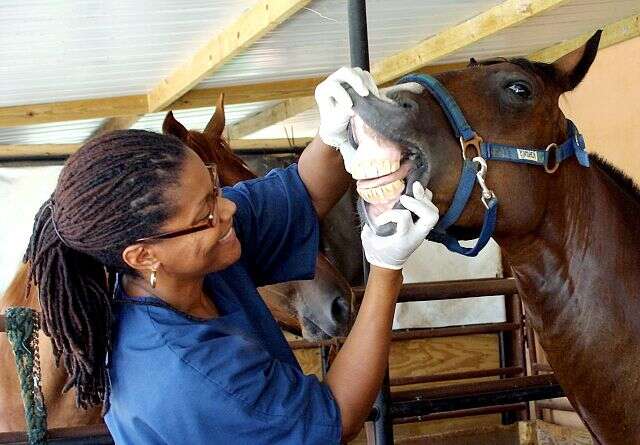The underbite in horses is an intriguing topic for equestrian enthusiasts and horse owners alike. This dental condition, also known as ‘sow mouth’ or ‘monkey mouth’, can affect a horse’s ability to eat and may lead to other health complications if not addressed properly. In this article, we will delve deep into the causes, effects, and management of underbite in horses, ensuring that you have a comprehensive understanding of this condition.

What is an Underbite in Horses?
An underbite in horses occurs when the lower jaw extends further out than the upper jaw. This misalignment can be congenital or develop over time due to various factors. The condition can affect a horse’s ability to graze effectively, as the incisors do not meet correctly, making it difficult for the horse to tear grass.
Causes of Underbite in Horses
Genetic Factors
Genetics play a significant role in the development of an underbite. Certain breeds may be more predisposed to this condition due to inherited traits from their lineage. Breeding practices that do not consider dental alignment can perpetuate the occurrence of underbites.
Environmental Influences
Environmental factors can also contribute to the development of an underbite. Habits formed during a horse’s early life, such as chewing on hard objects, can affect jaw development. Additionally, feeding practices that do not encourage natural grazing behavior might also play a role.
Trauma or Injury
In some cases, trauma or injury to the jaw can lead to an underbite. A significant impact or fracture in the jaw area might cause misalignment as it heals.
Effects of Underbite in Horses
Feeding Difficulties
One of the primary effects of an underbite is feeding difficulty. Horses rely on their incisors to effectively tear and graze grass. Misalignment can hinder this process, potentially leading to nutritional deficiencies.
Dental Wear and Tear
An underbite can cause uneven wear on a horse’s teeth. This uneven wear can lead to dental issues over time, such as sharp edges or hooks that might require intervention [Equine Dentistry](https://prohorseworld.com/equine-dentistry-vs-vet/). Regular dental check-ups are essential to manage these complications.
Behavioral Changes
Horses with an underbite may exhibit behavioral changes due to discomfort or difficulty eating. They may become irritable or show signs of stress, particularly around feeding times.
Diagnosing Underbite in Horses
Diagnosing an underbite typically involves a thorough dental examination by an equine dentist or veterinarian. This examination will assess the alignment of the jaws and the condition of the teeth. In some cases, X-rays may be necessary to get a complete picture of the jaw structure [Equine Dentistry Guide](https://www.researchgate.net/publication/230149435_Equine_Dentistry_A_Practical_Guide).
Management Strategies for Underbite
Regular Dental Care
Regular dental care is crucial for horses with an underbite. This care includes routine floating to address uneven wear and prevent the development of sharp edges [Floating Teeth](https://prohorseworld.com/floating-a-horsea%C2%80%C2%99s-teeth/).
Feeding Adjustments
Adjusting feeding practices can help manage the effects of an underbite. Providing softer, more easily chewable food can alleviate some of the difficulties horses face when grazing.
Orthodontic Interventions
In some cases, orthodontic interventions may be considered. These interventions can help realign the jaw, though they are more commonly used in younger horses whose jaws are still developing.
Preventing Underbite in Horses
Breeding Considerations
Responsible breeding practices can help prevent the occurrence of an underbite. Selecting breeding pairs with good dental alignment can reduce the risk of passing on this trait.
Early Intervention
Early intervention is key in managing an underbite. Regular dental check-ups from a young age can help identify and address issues before they become significant problems [Horse Dental Hygiene](https://prohorseworld.com/horse-dental-hygiene/).
Conclusion
Understanding and managing an underbite in horses is essential for maintaining their health and well-being. With proper care and attention, horses with this condition can lead healthy, happy lives. For more detailed guidance on equine dental health, visit this [University of Florida’s Guide](https://edis.ifas.ufl.edu/publication/VM273).

FAQs
Can an underbite in horses be corrected?
In some cases, particularly with young horses, orthodontic treatments may help correct an underbite. However, in adult horses, management focuses on alleviating symptoms rather than correction.
How does an underbite affect a horse’s diet?
Horses with an underbite may struggle to graze effectively, which can lead to nutritional deficiencies. Adjusting their diet to include softer foods can help mitigate these issues.
Are certain breeds more prone to underbites?
Yes, some breeds may have a genetic predisposition to dental issues, including underbites. Breeding practices that prioritize dental health can help reduce this risk.
This article contains affiliate links. We may earn a commission at no extra cost to you.
